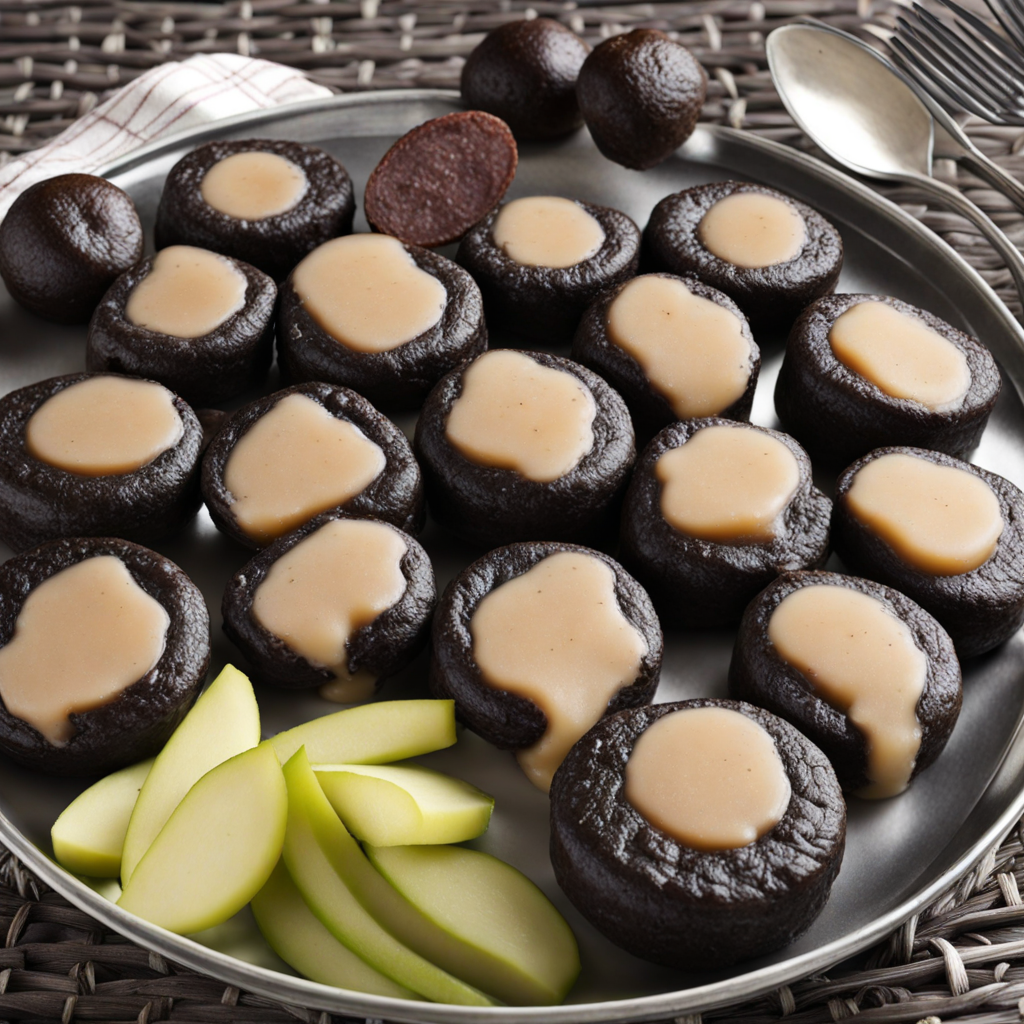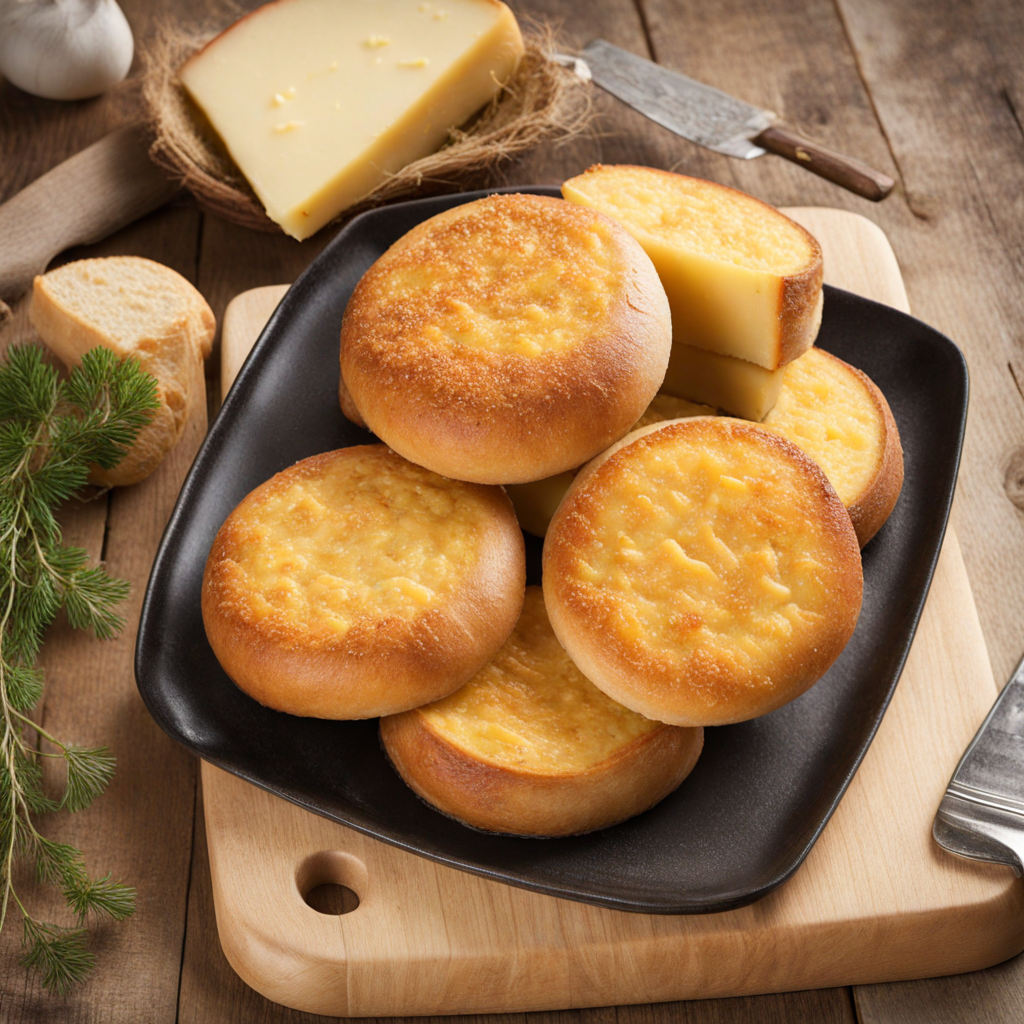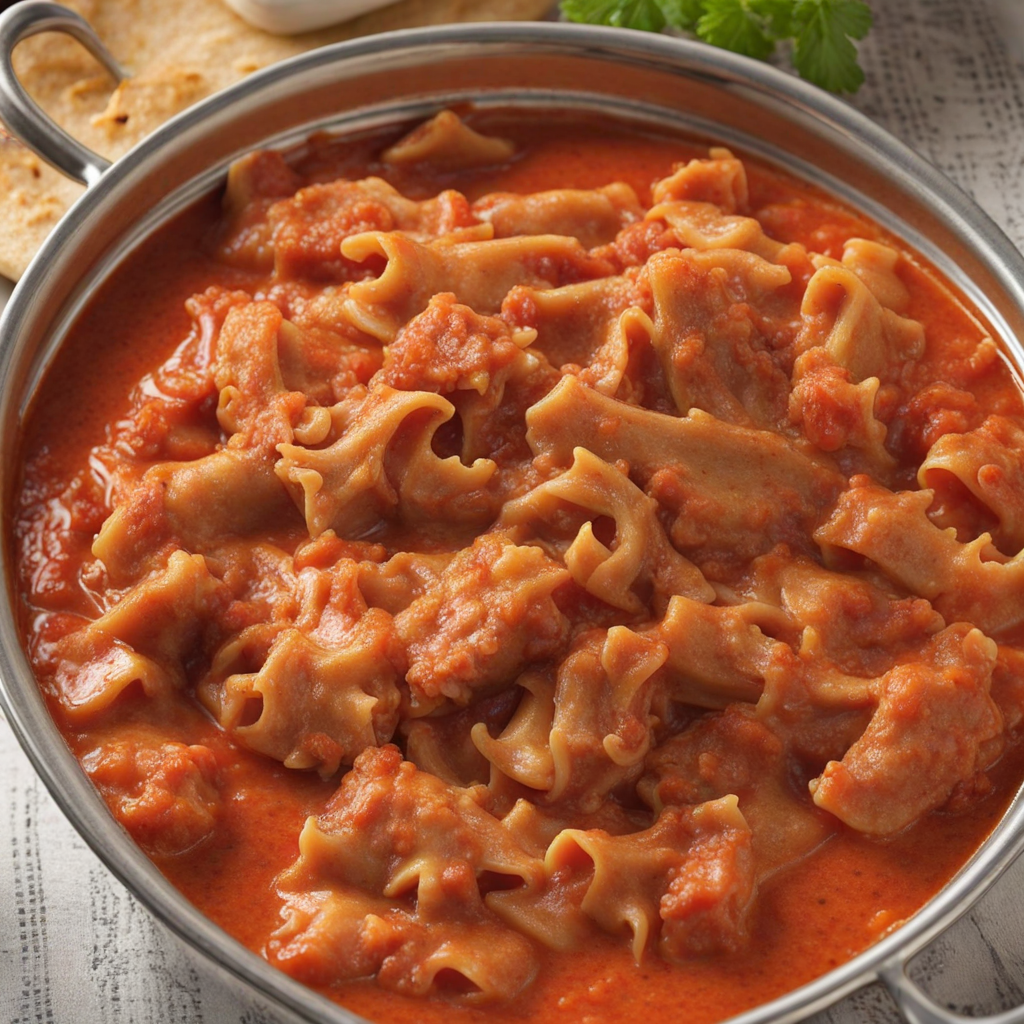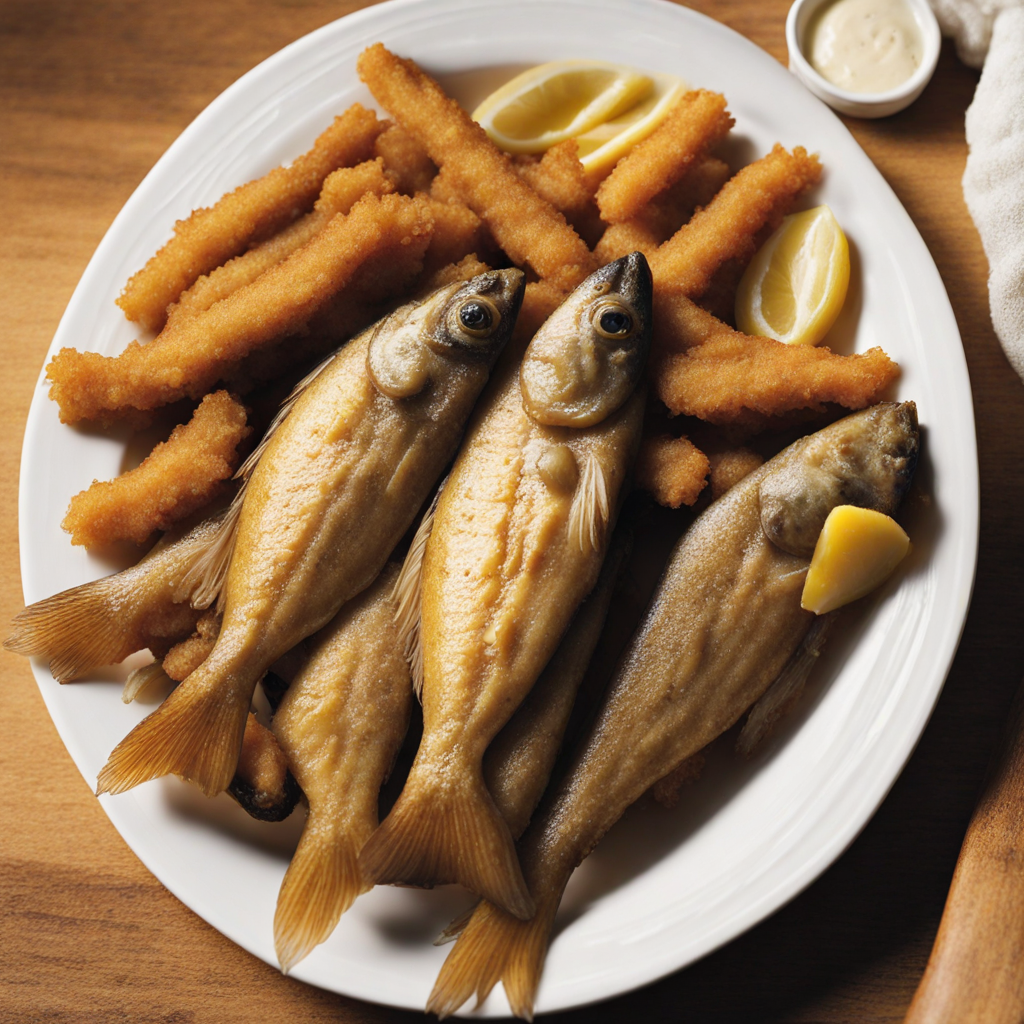Träipen
Träipen is a traditional dish from Luxembourg, often celebrated for its rustic charm and hearty flavors. This dish is essentially a type of blood sausage, made from a mixture of pork, spices, and, most notably, pig's blood, which gives it its distinctive deep color and rich taste. Träipen has its roots in the culinary traditions of the region, where preserving food through the use of animal products was common, especially in rural settings. It reflects the historical practices of Luxembourgish farmers who utilized every part of the animal in their cooking to minimize waste. The flavor profile of Träipen is robust and savory, with a unique depth that comes from the combination of spices such as salt, pepper, and nutmeg, which are often added to enhance its taste. The use of pig's blood provides an earthy richness, while the fatty pork adds a succulent texture. The combination of these elements results in a dish that is both filling and satisfying, making it a popular choice during colder months or festive occasions. Preparation of Träipen is a labor-intensive process that requires skill and patience. The basic steps involve finely chopping or grinding the pork and mixing it with spices and blood. This mixture is then stuffed into natural casings, usually made from pig intestines. The sausages are typically boiled or steamed, which helps them retain moisture and flavor. Once cooked, Träipen can be served warm or allowed to cool and sliced for later use. It is often accompanied by traditional sides such as
How It Became This Dish
Träipen is a traditional Luxembourgish dish that holds a special place in the heart of the nation’s culinary heritage. This dish, often described as a type of blood sausage, reflects the rich agricultural history of Luxembourg and showcases the unique flavors and cultural practices of the region. To appreciate Träipen fully, it is essential to explore its origins, cultural significance, and the evolution of this dish through the ages. Origins of Träipen The origins of Träipen trace back to the rural practices of the Luxembourgish people, where food preservation and resourcefulness were vital for survival, especially during the harsh winters. The name "Träipen" derives from the Luxembourgish verb "träipen," which means "to crimp" or "to fold," referring to the way the sausages are formed and sealed. Traditionally, Träipen is made from pork, particularly the blood and fat, combined with a mix of spices, bread, and sometimes rice. This combination not only maximizes the use of the whole animal but also creates a hearty, nourishing food source. Blood sausages have a long history in many European cuisines, often associated with the colder climates where preserving meat was essential. In Luxembourg, the practice of making sausages from blood and offal dates back centuries, deeply intertwined with local butchering traditions. It is likely that the dish was influenced by neighboring regions, particularly Germany and France, but evolved distinctly in Luxembourg due to local ingredients and customs. Cultural Significance Träipen is more than just a dish; it is a symbol of Luxembourgish identity and community. Traditionally, the production of Träipen would be a communal affair, particularly during the autumn months when pigs were slaughtered. Families and neighbors would come together, sharing the labor and the bounty of the harvest. This practice fostered a sense of community, as people would gather not only to make sausages but also to share stories, laughter, and the fruits of their labor. The dish is particularly significant during the winter months and festive occasions. It is often served during Christmas and New Year celebrations, where it symbolizes abundance and the spirit of togetherness. The preparation and consumption of Träipen also reflect the importance of seasonality in Luxembourgish cuisine, as it utilizes ingredients that are readily available during the colder months. Furthermore, Träipen holds a place in Luxembourgish folklore and traditions. It is often mentioned in songs, stories, and local festivities, representing the heart of rural life and the connection to the land. The dish’s preparation can vary by region and family, showcasing the diversity within Luxembourg's culinary practices and the importance of familial recipes passed down through generations. Development Over Time As Luxembourg modernized and urbanized throughout the 20th century, traditional practices began to evolve. The industrialization of food production led to changes in how Träipen and similar dishes were made. While some families continued to make Träipen using traditional recipes, others adapted to modern tastes and conveniences. Supermarkets and butcher shops began to offer pre-made versions, which, while convenient, often lacked the depth of flavor and cultural significance found in homemade varieties. In recent years, there has been a significant revival of interest in traditional foods, including Träipen. This resurgence can be attributed to a broader movement that seeks to preserve local heritage and promote sustainable food practices. Chefs and home cooks alike have begun to embrace the art of making Träipen, focusing on high-quality, locally sourced ingredients. This revival has sparked a renewed appreciation for the dish, encouraging people to explore its historical roots and cultural significance. Additionally, Träipen has gained recognition beyond Luxembourg’s borders. As the global culinary landscape becomes increasingly interconnected, traditional dishes like Träipen are finding their way into international food festivals and culinary events. This exposure not only elevates the dish but also allows for the sharing of Luxembourg’s rich culinary heritage with a wider audience. Modern Interpretations Today, Träipen continues to evolve while still honoring its historical roots. Modern interpretations may include variations in spices and accompanying ingredients, reflecting contemporary tastes and dietary preferences. Some chefs experiment with innovative pairings, serving Träipen alongside apple compote or sauerkraut, which enhances the dish's rich flavors and adds a refreshing contrast. Moreover, the dish has also become a focal point in Luxembourgish gastronomy, with restaurants and bistros embracing it as a signature offering. This has led to a growing interest in Luxembourg’s culinary landscape, encouraging both locals and tourists to explore traditional dishes and their stories. Conclusion Träipen is more than just a dish; it is a testament to the resilience and creativity of the Luxembourgish people. Its origins in rural life, cultural significance in community gatherings, and evolution in modern kitchens showcase the enduring legacy of this traditional food. As Luxembourg continues to navigate the complexities of a globalized world, Träipen remains a cherished symbol of its heritage, connecting generations through shared culinary traditions. Whether enjoyed at a festive gathering or crafted in a home kitchen, Träipen embodies the spirit of Luxembourg, celebrating the land, the people, and the rich tapestry of history that defines this small yet vibrant nation.
You may like
Discover local flavors from Luxembourg







